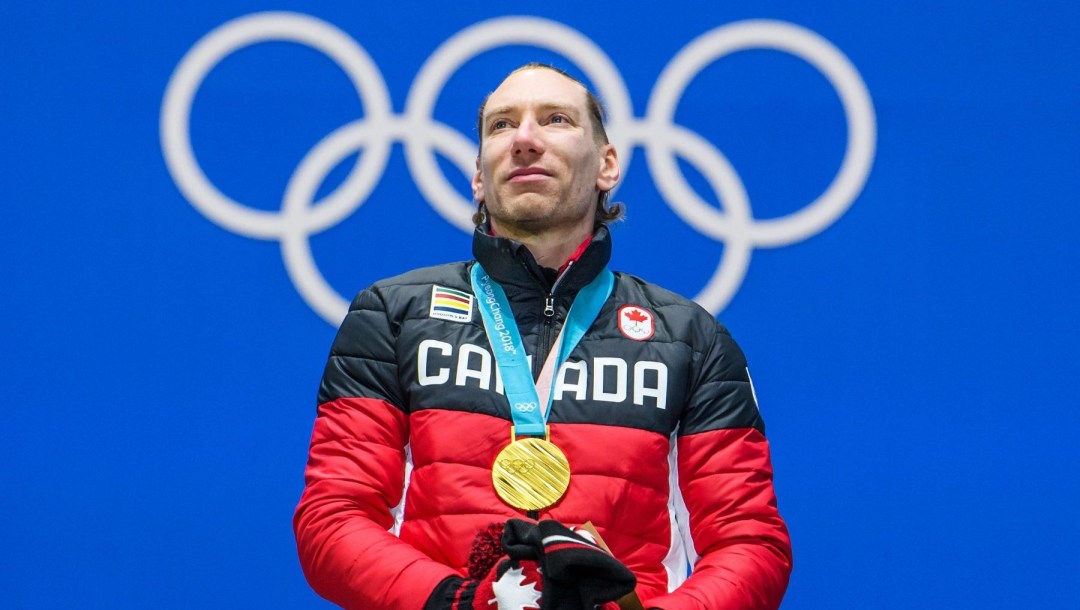Canadian Olympians born abroad work toward a common cause
It would be unfair to ask any athlete, immigrant or Canadian born, to live up to the Daniel Igali standard. Yet, PyeongChang 2018 once again shows the magnificent contribution newcomers make to Canadian sport.
The iconic Igali gold medal celebration from Sydney 2000 is a ‘where were you when’ moment in Canada’s Olympic history, similar to that of another adopted Canadian, Donovan Bailey‘s 100m gold at Atlanta 1996. A nation of immigrants watched first-hand what’s possible with open minds and hearts as Igali danced with the maple leaf. It showed how the country can be rewarded with immeasurable pride by those choosing to call Canada their home, and what the opportunity means to the individual delivering that unforgettable memory.
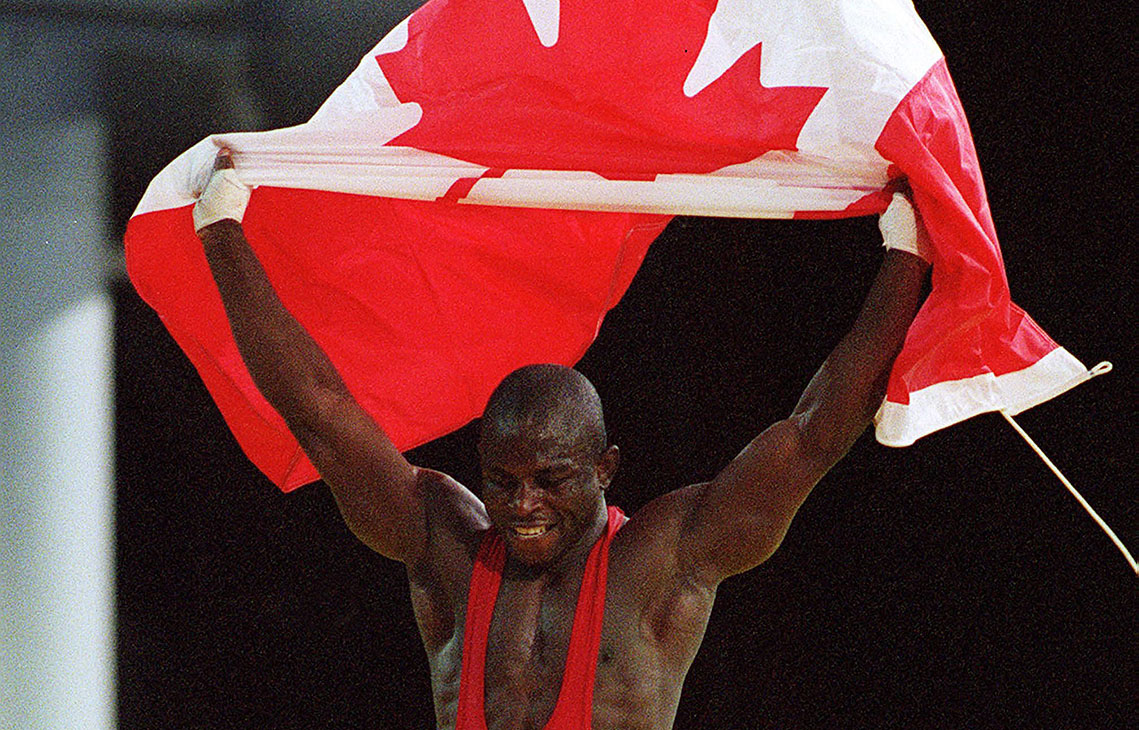
Canada’s Daniel Igali waves the Canadian flag after winning the gold medal in wrestling at the 2000 Sydney Olympic Games. (CP Photo/ COC)
Eighteen years later, a Dutchman who didn’t always feel comfortable in the Netherlands’ vaunted speed skating program jumped up on to the top step of an Olympic podium in South Korea. Like Nigerian-turned-Canadian Igali wrestling in Sydney, speed skater Ted-Jan Bloemen became an Olympic champion under Canada’s flag. It was his second medal of the Winter Games, returning the faith placed in him by his new country.
“It was a hard decision – but in the end it was also easy,” 31-year-old Bloemen said of his move to Canada, after winning Olympic silver in men’s 5000m. It was a prelude to his 10,000m gold four days later in Olympic record time.
Since coming to Canada, Bloemen has set the world record in both events. The 10,000m standard fell a year after he became a citizen; the 5000m mark was broken late in 2017.
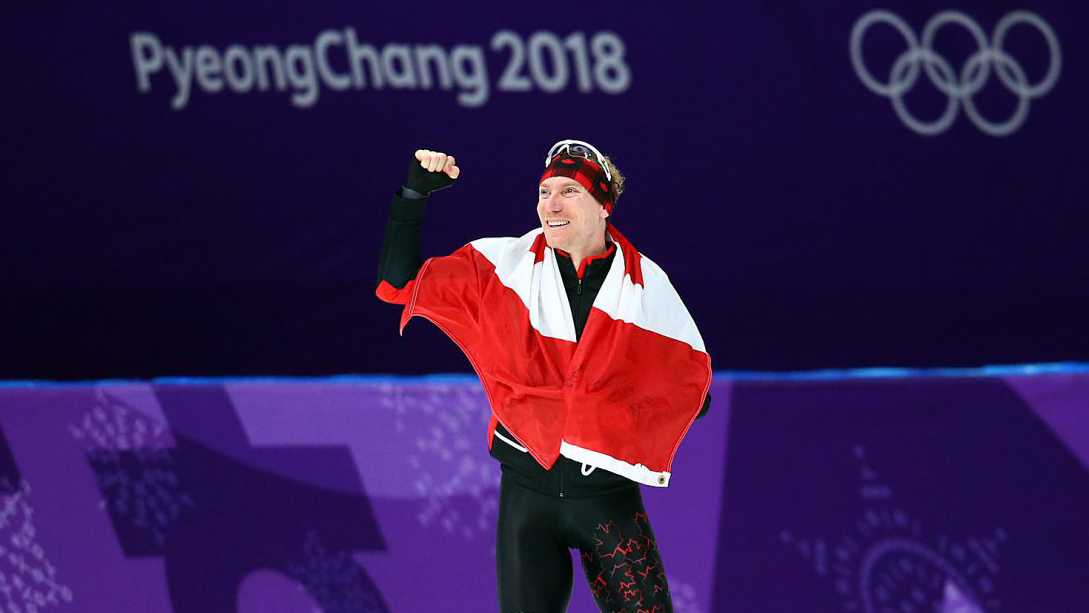
Ted-Jan Bloeman of Canada wins the gold medal in the men’s 10.000m at the Gangneung Oval during the PyeongChang 2018 Olympic Winter Games in Gangneung, South Korea on February 15, 2018. (Photo by Vaughn Ridley/COC)
“I always felt at home right from the start because I had such great people around me. I’ve just been so happy the last four years of my life.”
“I chose a different path and it all turned out better than I could have hoped.”
One of 15 athletes on Team Canada at the PyeongChang Games who were born outside the country, Bloemen may have become the most famous of the lot due to his new hardware, though the endurance athlete would need to go some distance to outdo men’s figure skater Keegan Messing for the most fascinating story.
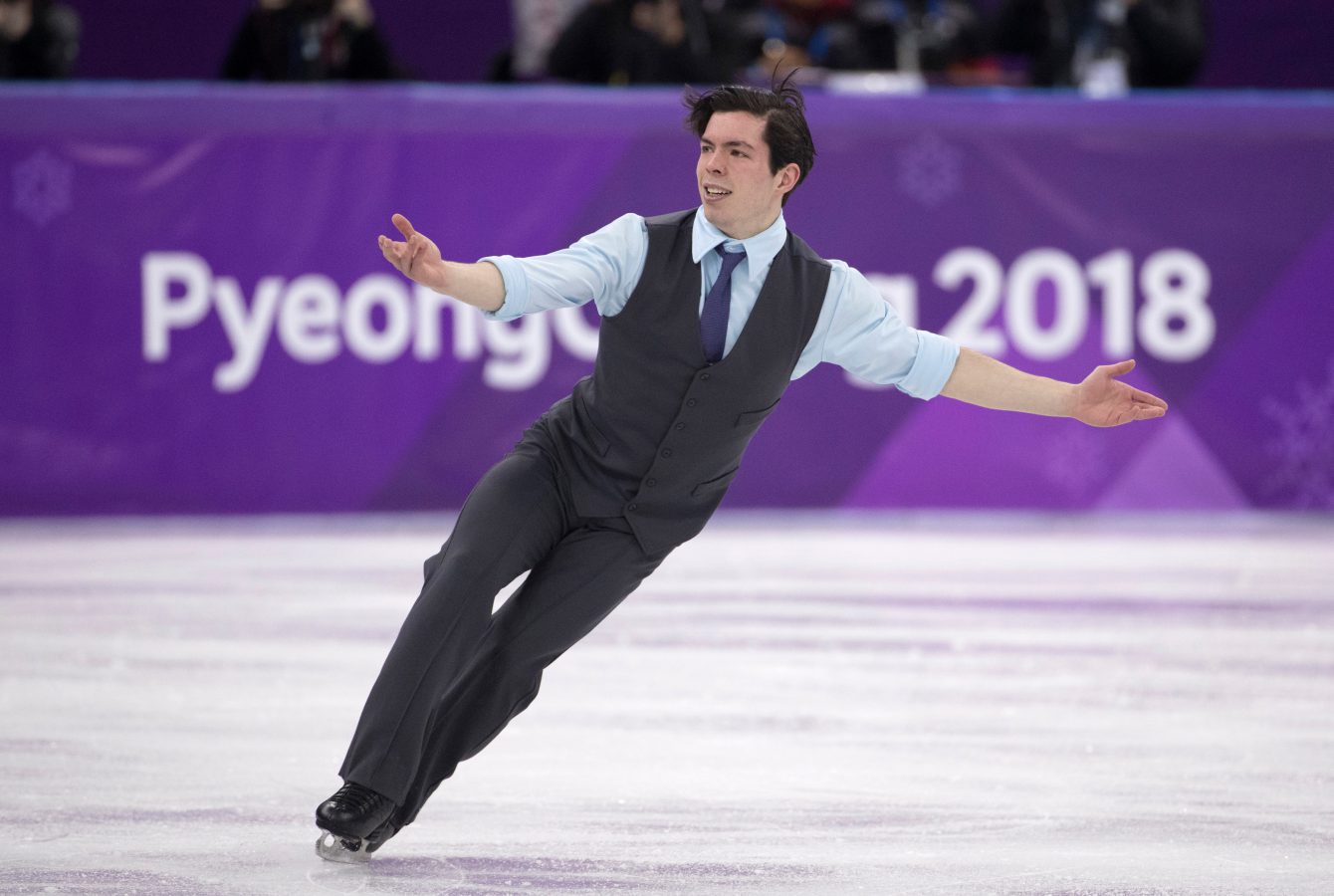
Keegan Messing skates in the men’s single skating short program at the PyeongChang 2018 Olympic Winter Games in Korea, Friday, February 16, 2018. THE CANADIAN PRESS/HO – COC – Jason Ransom
“The whole plan for us was to skate for Canada, from the start,” said the 26-year-old Alaska-born Canadian with historic immigrant roots. In late 19th century, Messing’s great-great grandfather Manzo Nagano was the first Japanese person to officially immigrate to Canada. Nagano has a mountain named after him in British Columbia.
“We’ve kept the full Japanese blood up until my mom,” Messing said, neatly recalling his genealogy on the spot in a media scrum in Korea. “My grandpa is a Newfie, and I believe my grandma is from B.C. So when they met, my mom was born in Edmonton, grew up in Peterborough, moved to Alaska where she met my dad and have been there ever since.”
Messing sacrificed two years of competitive skating for a chance to represent Canada. That’s the penalty when switching countries in the middle of an international career.
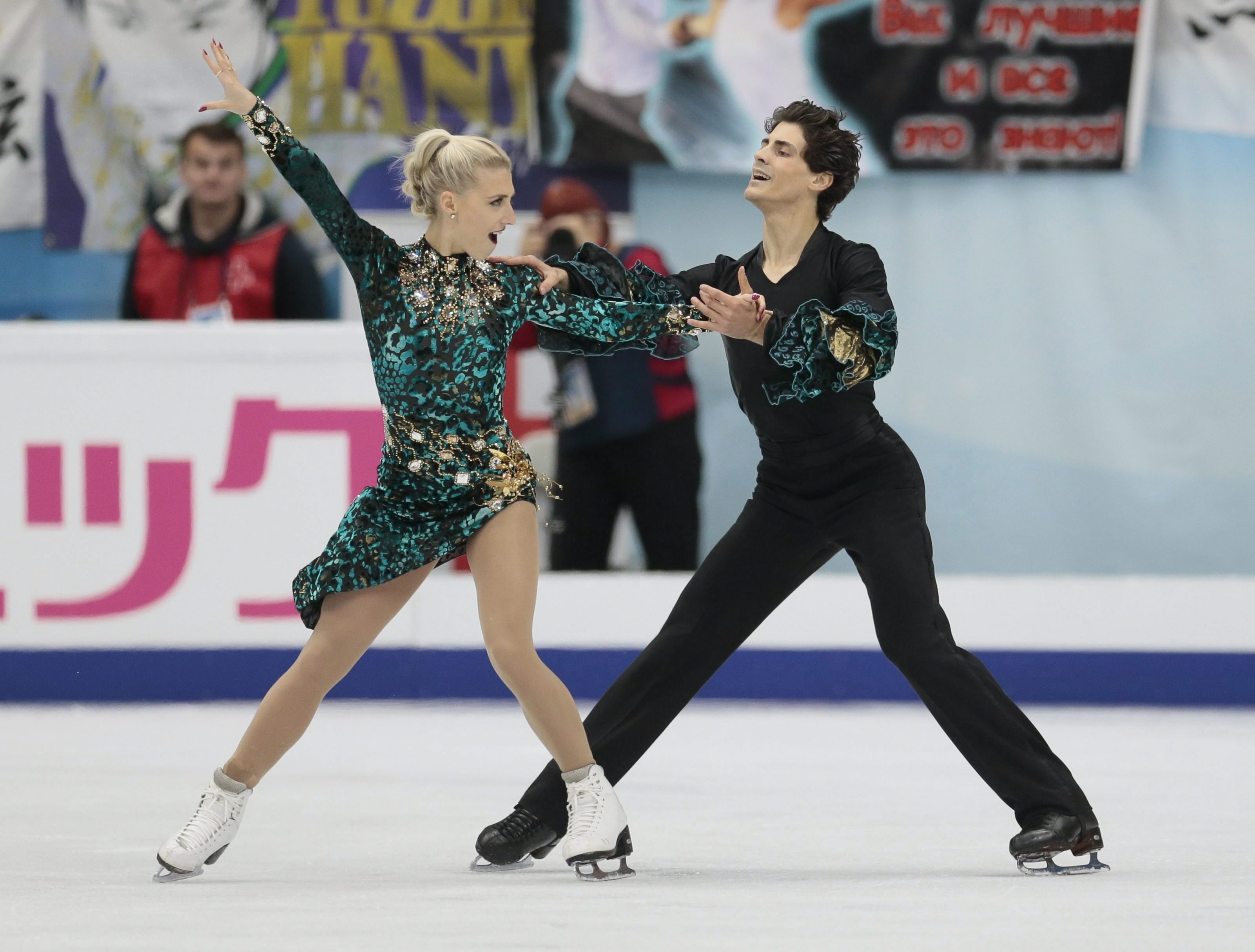
Piper Gilles and Paul Poirier, of Canada, skate their short dance at the Rostelecom Cup ISU Grand Prix figure skating event in Moscow, Russia, on Friday, Oct. 20, 2017. (AP Photo/Ivan Sekretarev)
“Not knowing the rules, we got caught in a little bit of a trap at the very start, but I can’t be more proud to wear the maple leaf,” Messing said in following a path that’s become quite familiar in Canadian figure skating.
In recent years two prominent ice dancers also traded in the stars and stripes for the red and white. Kaitlyn Weaver is in her second Olympic Games as a Canadian following Sochi 2014, while Piper Gilles will be making her debut at this stage.
“I feel like Canada gave me a fresh start and I think that’s one of the most special things about Canada is that they are very welcoming,” Gilles said. Like Messing, her mother and grandmother are Canadian, making the conversion much easier. “They encourage people to come here and for me to be able to represent Canada for the first time will be super special.”
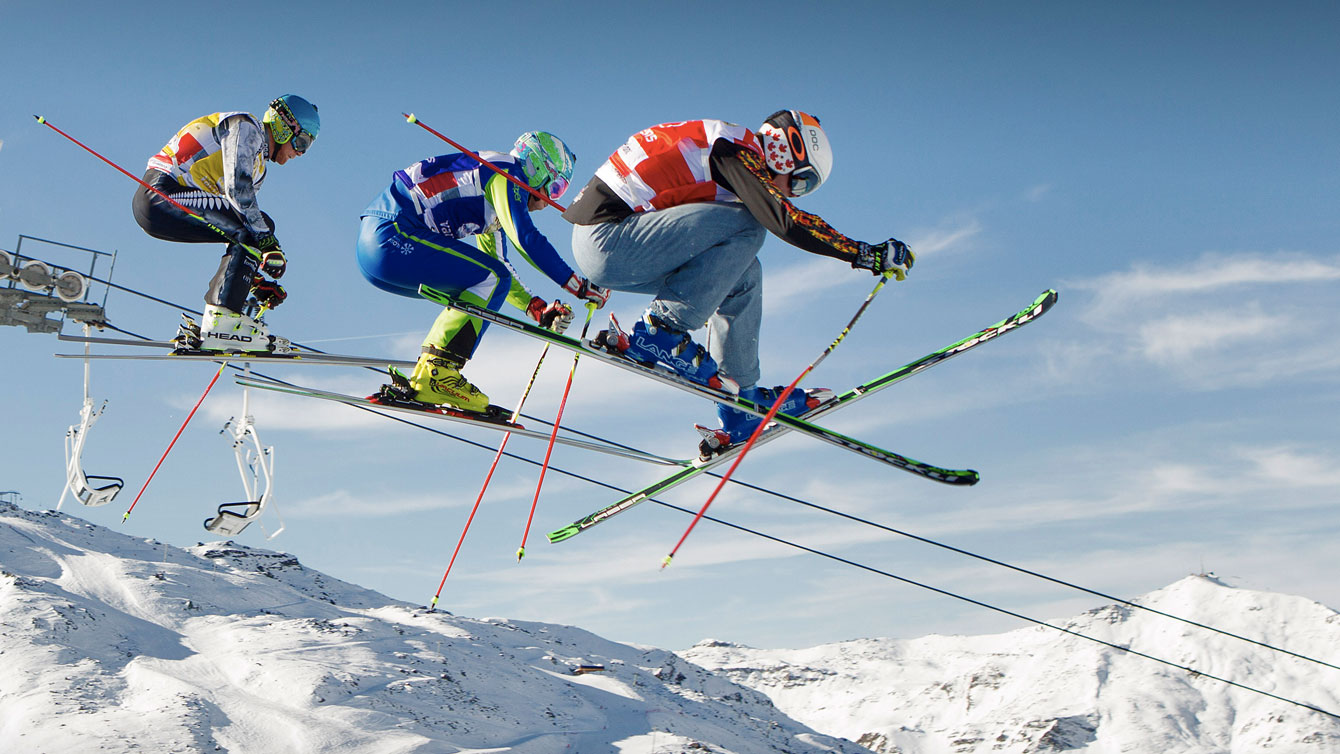
Chris Del Bosco (right) flies through the air in Val Thorens France, on December 11, 2015 (Photo: GEPA Pictures for FIS).
Over at the ski slopes another athlete who lists the United States as his birthplace, Chris Del Bosco, brought with him his own story of a Canadian rebirth.
With substance abuse issues plaguing the dual citizen as he went from a star teenage skier for the U.S. to a self-destructive path in his early 20s, Canada Ski Cross came with an offer to train north of the border, aiding in his recovery. Del Bosco agreed and has since become one of the most dominant ski cross racers on the planet.
“We’re going to win medals, do you want to be a part of it,” Del Bosco recounted the Canadian pitch to a Toronto Star reporter for a story ahead of Sochi 2014. The 35-year-old is at his third Olympic Games in Korea, prior to which he won the 2011 world title in ski cross and a couple of X Games titles – all under the Canadian flag.
No tale of accomplished veterans who chose Canada can be told without including Lascelles Brown.
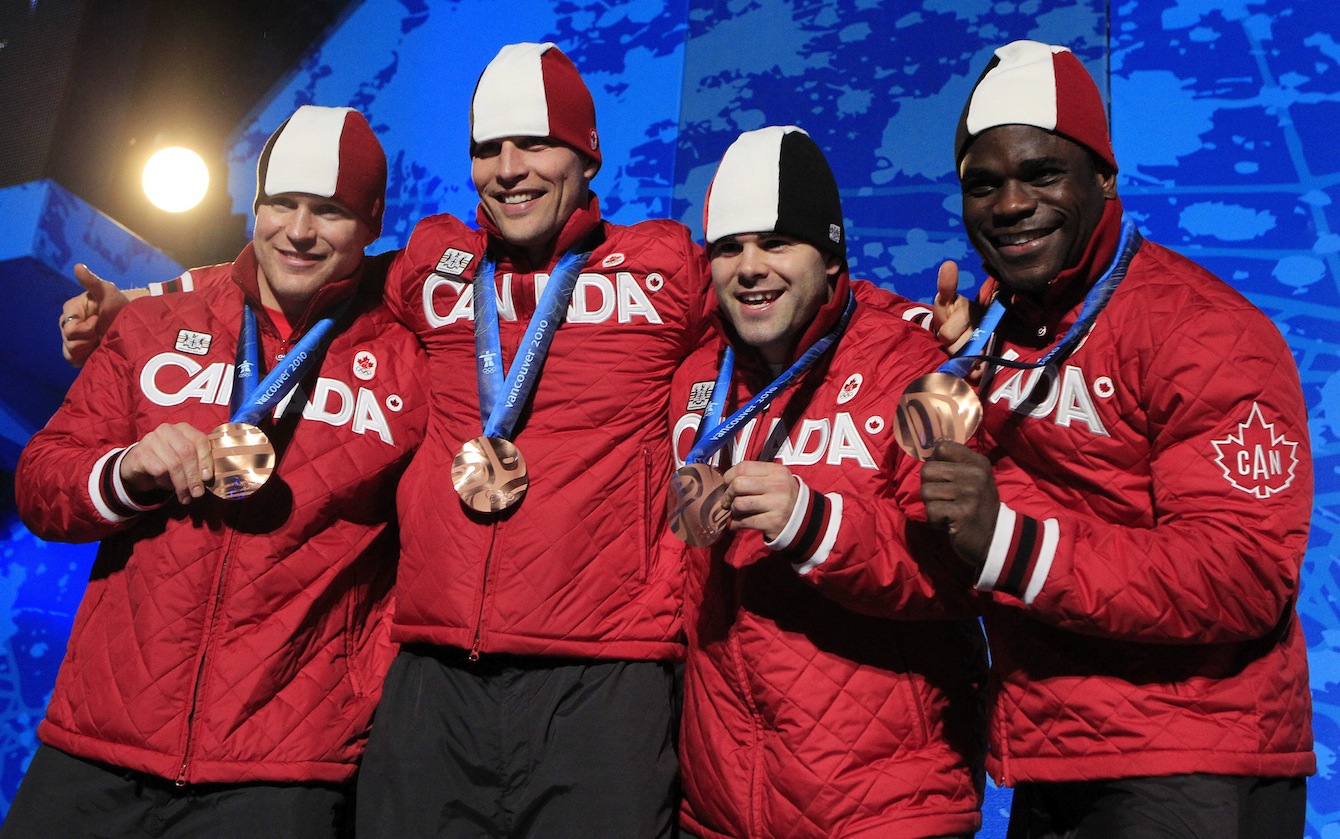
Lascelles Brown (on the right) receives his four-man bobsleigh medal at Vancouver 2010.
Once a member of the eternal crowd favourite Jamaican bobsleigh team – a dynasty derived from its own Canadian connections from the Calgary 1988-based film Cool Runnings starring national treasure John Candy – Brown became a go-to brakeman in the Canadian program, with a two-man Olympic silver medal from Turin 2006, and a bronze in four-man on the home track at Vancouver 2010.
Brown is back for an incredible fifth Winter Games, four straight with Canada after debuting with Jamaica. At 43, he feels he has enough left to help propel himself, and his Australian-turned-Canadian pilot Christopher Spring to a podium in PyeongChang.
Spring too competed for his country of birth before choosing Canada as the place where wants to excel. He made his Olympic debut at Vancouver 2010 for the Australians, but when the world returned home, Spring started the process of creating a new one in Canada.
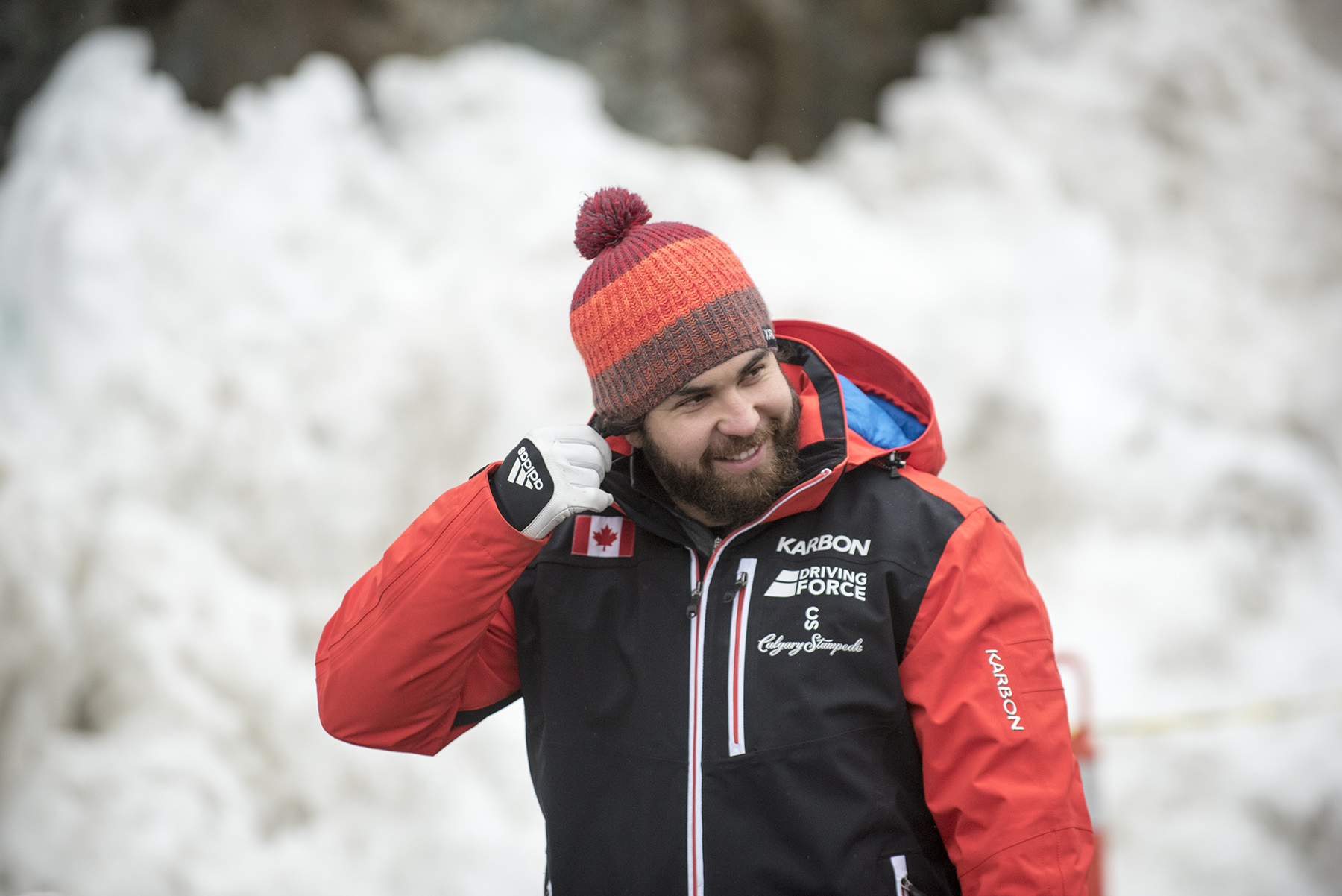
Canada’s Chris Spring gets in the zone before competing at the IBSF World Cup event in Whistler (Photo: Guy Fattal)
Australia and Jamaica are nearly 17,000 kilometres apart, but two men born in these countries will meet inside a Canadian sled seeking Olympic glory in Korea. Nothing is more contemporarily Canadian than people from different parts of the world coming together to make Canada work.
The human experience in dealing with migration is generally fraught with trepidation and uncertainty. New beginnings often come with hope, but also fear of failure, rejection and isolation. And while the problems of elite athletes could never be compared to the actual life and death situations that many migrants face before they gratefully set foot on Canadian soil, they do have one thing in common: The effort they make in giving back to their adopted country.
There are very few forums bigger than the Olympic Games to highlight that contribution.

